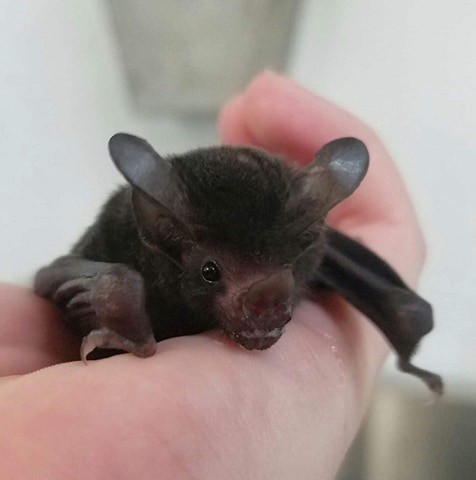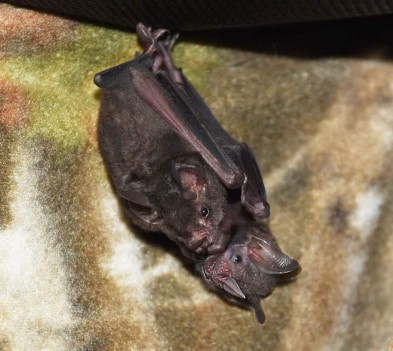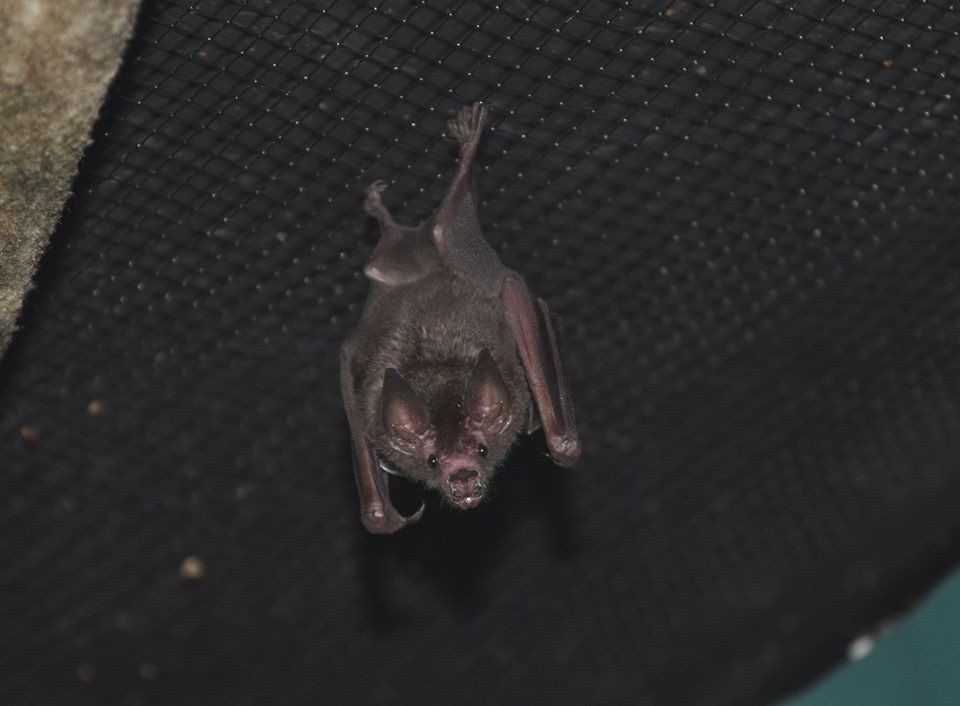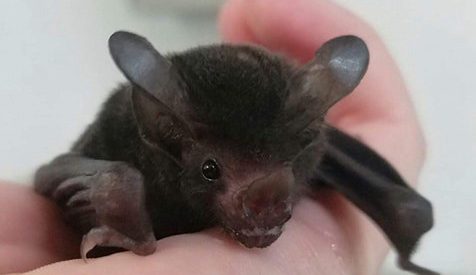Sanctuary Stories
At Bat World Sanctuary in Texas, an abandoned bat named Simon has a chance to socialize, fly, and dispel dangerous myths about his species
 Simon. Photos provided by Bat World Sanctuary.
Simon. Photos provided by Bat World Sanctuary.
Throughout history, bats have been vilified. Mysterious and nocturnal, bats have been the subject of classic horror stories, modern-day myths, and dangerous rumours. From blood-sucking and rabies-spreading, to SARS-hosting and now linked to coronavirus COVID-19, fears and misconceptions about bats continue to contribute to their often bad reputation. Unfortunately, this can also lead to their mistreatment, and certainly a lack of credit for the important role they play within the environment.
At Bat World Sanctuary in north Texas, educating the public about these misunderstandings, and deciphering what is true and what is not true about bats, is a big part of their job. That, and saving a lot of little lives, of native, insect-eating bats who have been injured, and non-native fruit bats who often originate in the pet trade, lab research, or in the case of baby Simon: roadside zoos.
 Simon.
Simon.
Bat World senior director, Addison McCool, recalls getting the call about an owner of a roadside zoo who wanted to sell her exhibit of fruit bats in order to make room for another exotic animal. After seeing photos of the bats in their small and filthy enclosure, McCool says, ?we just wanted to get them out of there.? So the group agreed to purchase the bats to prevent them from being sold to another zoo or into the pet trade. ?Before the rescue, the owner of the zoo was selling fruit bats at a reptile convention.?
Once the small group of bats was transported to the Bat World Sanctuary facility, which includes a 2,500 foot indoor/outdoor enclosure with over 300 non-native fruit bats unable to be released, six-week old Simon was discovered.
He?d just stay in the corner of his cage. You could tell he didn?t know where to go, he didn?t know who to turn to.
?We noticed there was a little baby, hanging alone,? says McCool. ?His mom was stressed, and didn?t want to take him back. Like with most wildlife, stressors can cause abandonment.? Understandably, Simon was afraid. ?He?d just stay in the corner of his cage. You could tell he didn?t know where to go, he didn?t know who to turn to.? So after many failed attempts to get mom and baby back together, says McCool, ?we ended up hand raising him.?
Simon was placed in the smaller rehab enclosure at the facility, alongside another short-tailed fruit bat named Thomas, who had a wing injury. Thomas helped nurture Simon much like a mother. ?Simon really came out of his shell very quickly once he realized he was safe,? says McCool.
 Simon and Thomas.
Simon and Thomas.
Today, Simon is twelve weeks old and preparing to be released into the big enclosure. ?Bats need so much enrichment? says McCool, ?and this will be the first time he?s ever seen toys, the first time he?s ever seen plants, and so many others of his own species.? He?s learned to fly doing laps around the small enclosure he is in now. ?He?s really flourished,? says McCool, ?and he?s so cute.?
That is the very impression McCool and Bat World Sanctuary staff want the public to have of bats: cute, but also important. ?We definitely need them,? says McCool. Insectivorous bats native to the US provide essential pest control, she says, thanks in particular to their love of eating mosquitoes. In other parts of the world, where nectar-eating bats are native, ?those are huge pollinators for the rainforest,? she says, ?they disperse seeds.?
They are incredibly beneficial, they are incredibly clean, they have the intelligence level of dolphins, and can live 25?30 years. They are amazing animals.
McCool says that having discussions on their social media pages, fielding calls from the public, even hosting educational talks, all help spread this much needed information. ?We talk to people every day. A lot of people will call us with concerns, ?I saw a bat, am I at risk, even though I didn?t touch it?? All kinds of crazy myths.? Rabies is a big one she says. ?But less than one half of one percent of bats have rabies.? And the coronavirus, thought to have perhaps originated in horseshoe bats, ?nothing you would find in North America,? says McCool.
?Some people think bats are just nasty animals, that they are pests and don?t do any good,? says McCool, ?but that?s the furthest from the truth. They are incredibly beneficial, they are incredibly clean, they have the intelligence level of dolphins, and can live 25?30 years. They are amazing animals.?
 Simon today.
Simon today.
When asked what she wishes the general public would understand about bats, McCool says: ?Don?t be scared of them. Take some time to educate yourself and really learn what is fact and what is myth. Because a lot of it is myth.? And believing and furthering those myths, she says, ?it?s just damaging to the animals, and the ecosystems that rely on those animals.?


